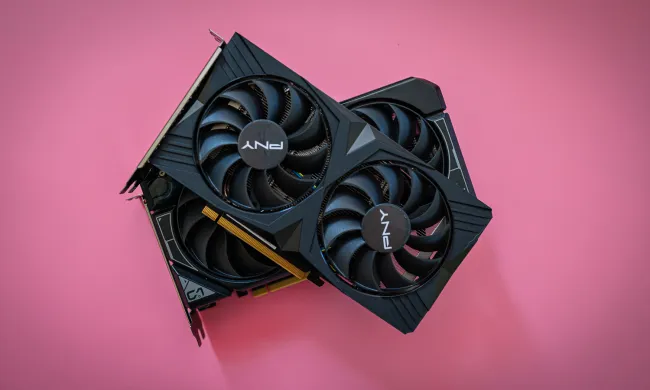Nvidia’s RTX 5080 is almost here, and some retailers started sharing the first listings ahead of time, which is why we now know how much the GPU will really cost. Arriving with a $999 recommended list price (MSRP), the card is surely set to rival some of the best graphics cards, but unfortunately, it will also repeat the mistake that made the RTX 4080 fairly unpopular when it was first launched.
Both the RTX 5090 and the RTX 5080 are hitting the shelves this Thursday, January 30. While the 5090 sits at an outrageous $2,000, the RTX 5080 seemed more reasonable at just $999. Unfortunately, that price will only be real if you snag one of Nvidia’s Founders Edition cards — at least if these Best Buy listings are anything to go by. Although they appear to have been taken down, VideoCardz spotted them first, which is why we now know what Gigabyte is plotting for the RTX 5080.
The prices for the RTX 5080 range from $999 for Gigabyte’s Windforce OC small form factor model, all the way up to $1,400 for the Xtreme Waterforce model, which features built-in liquid cooling. Out of a total of eight different listings, one of which was the Founders Edition GPU, only two were priced at MSRP. From there, it’s a big jump — the next variant bumps the price up to $1,200, which is the price that the RTX 4080 initially launched with.

These margins are bound to affect the card’s value. If the RTX 5080 will be next to impossible to pick up at MSRP, it’ll create a similar situation to the RTX 4080, where the price and the performance just didn’t add up. The market course-corrected over time and the RTX 4080 was often found under MSRP; later on, Nvidia itself fixed its previous mistake by pricing the RTX 4080 Super at $999.
Still, the MSRP means very little if Nvidia’s partners add up to $400 to the initial price tag. Rumor has it that they didn’t have much of a choice, as Nvidia is said to be selling the cards to its add-in board (AIB) partners at nearly the same price as the MSRP, so to turn a profit, they needed to mark them up. However, we have no way to confirm this, so take it with a healthy dose of skepticism. Many people are also saying that the cards will have limited supply, so scalpers may buy them out before anyone else gets to.
The RTX 5080 will have one dubious advantage over the previous generation — gamers will have nowhere else to turn to in that performance bracket. The RTX 5090 will be wildly more expensive, and the RTX 4090 can’t be found under $2,700 right now. AMD also won’t have an answer to the RTX 5080 in RDNA 4, so it’s basically the RTX 5080 or nothing, unless you want to scale down to the RTX 5070 Ti, starting at $750.






